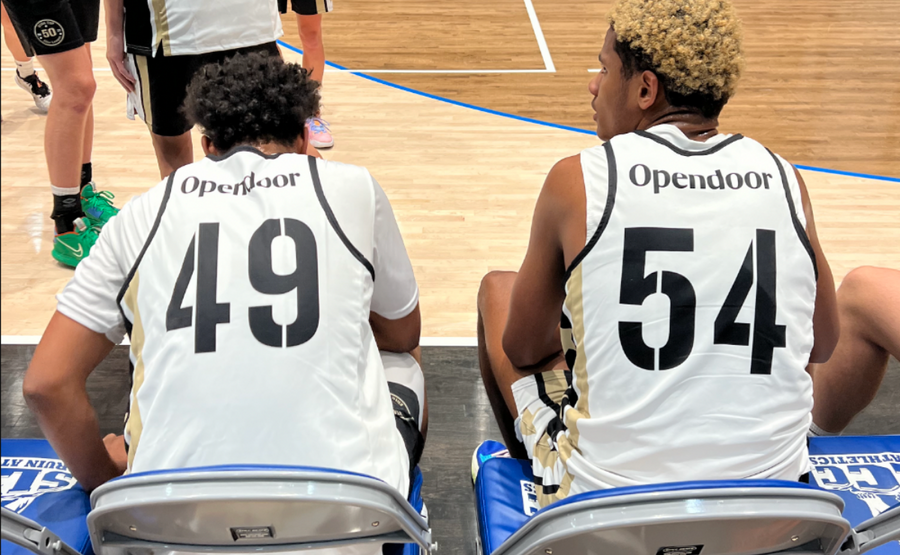
A Beginner’s Guide to Community Advertising
Posted in:
Community advertising has emerged as a powerful marketing strategy that connects brands with their target audiences on a deeper and more localized level. By leveraging the influence and engagement of communities, brands can create authentic connections, foster brand loyalty, and drive meaningful results. In this article, we will dive into what community advertising is, explore various effective examples of community advertising, and provide practical tips for marketers to get started with this marketing approach.
Community advertising or community-based marketing, refers to the practice of promoting products or services through established communities that share common interests or goals. It involves engaging with and leveraging the influence of these communities to drive brand awareness, user engagement, and conversions.
Brands can utilize community advertising to engage with their audience, foster brand loyalty, and leverage the power of user-generated content. Learn how these three different brands tap into community advertising to add value and build brand trust.

Opendoor ran targeted youth sports sponsorships across Dallas, Austin, and Houston. With branded jerseys, warm-up shirts and game signage, Opendoor was able to integrate their brand into the fabric of their communities.
The brand reached over 7,500 households and saw a massive increase of 302% in first choice unaided brand recall. Opendoor also increased its community support score by 50%, and families were 25% more likely to choose Opendoor after the season.
“As we grow within the US, we were looking for a partner that could deliver positive results while minimizing the time commitment required of our team members,” said Joey Soriano, Head of Local Marketing. “TeamSnap has afforded us the opportunity to drive our brand awareness and educate families on our services across the regions we service in a low-lift way.”
Black Bear Diner has 145 diners in 14 states. When hearing there are 145 diners it’s hard to imagine there’s anything local about it! However, this business is a franchise that’s really honed in on community involvement in each location..

“We’re focused on local store marketing because we want to have a community feel as opposed to having a national advertising campaign,” said Jolisa Johnson, the VP of Marketing and Communications at Black Bear Diner.
“We have a program that we call Dine and Donate, where folks can request to dine and donate. We usually do those on Mondays, Tuesdays, and Wednesdays. It’s strategic because those are slower nights. We can facilitate the groups better. We ask the folks that want to do a fundraiser. They participate in letting their communities and folks know that we’re holding one.”
REI is another example of a brand that has built a vibrant community around its offering of outdoor education programs and various community events. An example of an outdoor event that they sponsor is The National Parks Foundation. In their store in Seattle, it’s the perfect hub for outdoor enthusiasts with a climbing wall and bike shop. REI hosts classes like wilderness first-aid and other workshops for outdoor skills. These in-person workshops are all in line with REI’s mission to be a be a brand that is sustainable, community-oriented, and offers outdoor education.
Step 1: Begin by identifying the communities that align with your brand and target audience. Conduct thorough research to understand their interests, preferences, and the platforms they frequent. This will help you focus your efforts on the communities that will yield the best results.
Step 2: Once you’ve identified the relevant communities, join them and immerse yourself in the discussions. Listen, learn, and understand the community dynamics. Share valuable insights, answer questions, and actively participate in conversations to establish your brand’s presence and build trust.
Step 3: To gain credibility within the community, it is essential to provide value and consistently. Offer educational content, share industry insights, or provide exclusive offers to community members. By becoming a valuable resource, you can position your brand as an authority and attract community members’ attention.
Step 4: Identify influencers who have a strong presence within your target community. Approach them with a mutually beneficial partnership proposal. Ensure that the influencer’s values align with your brand’s messaging to maintain authenticity. Collaborative content creation, giveaways, or discount codes are effective ways to engage their audience and promote your brand.
Step 5: Launch campaigns that encourage users to create and share content related to your brand. This can be in the form of reviews, testimonials, or creative challenges. Acknowledge and reward participants to motivate others to join in. User-generated content not only boosts brand visibility but also fosters a sense of community among your customers.

Community advertising has the potential to unlock significant benefits for brands by tapping into the power of communities. By strategically engaging with target communities, marketers can build trust, loyalty, and drive tangible results.
Embrace community advertising as a valuable addition to your marketing strategy and unlock new avenues for growth and success.
